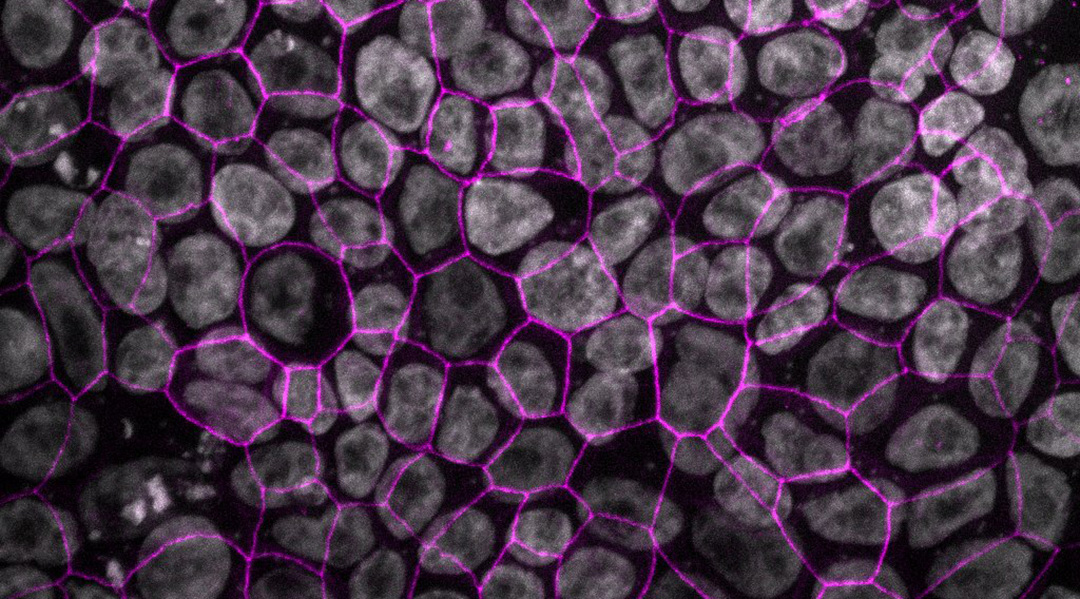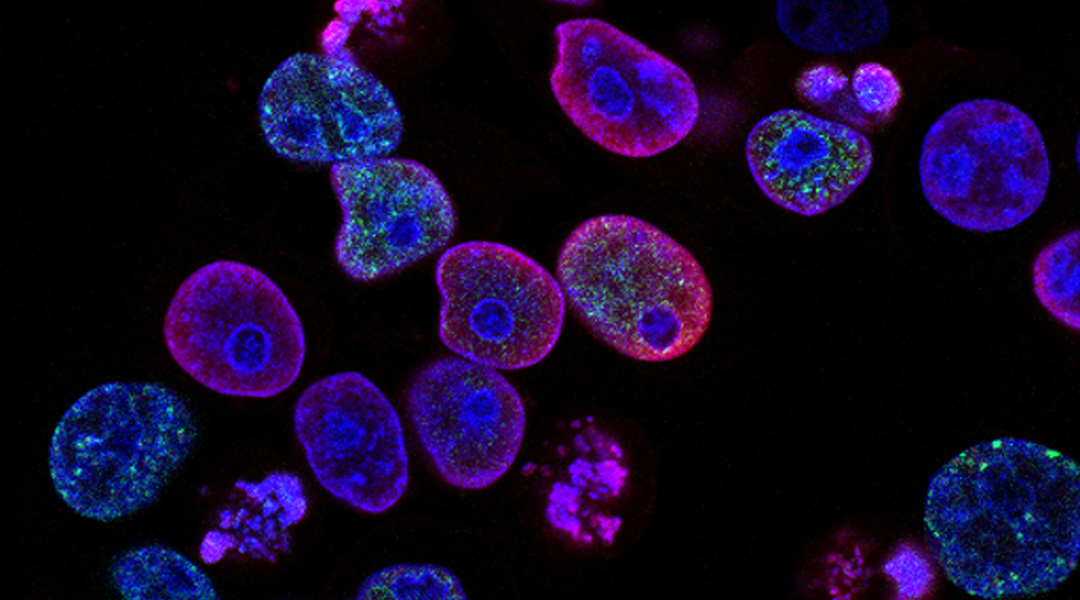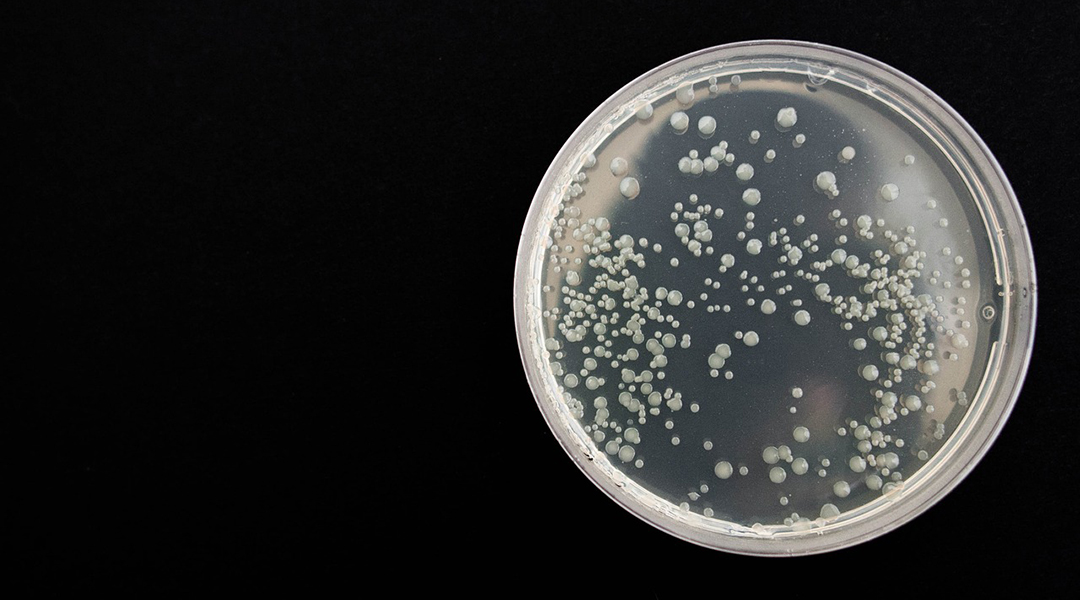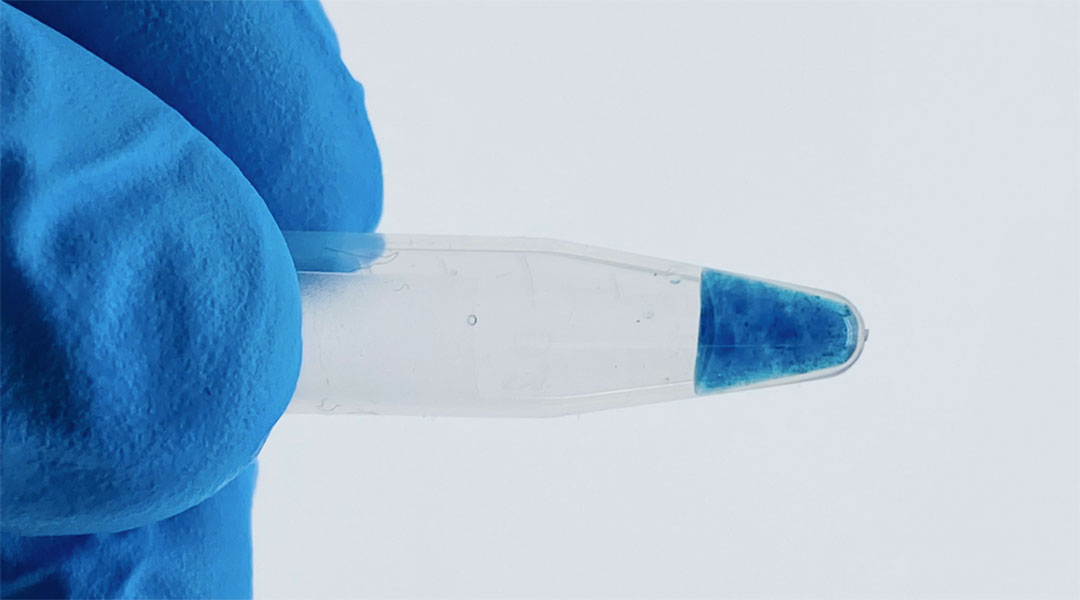New lung model raises hopes for more realistic modeling of new drugs and therapies.


New lung model raises hopes for more realistic modeling of new drugs and therapies.

4D printing of metallic shape-morphing systems can be applied in many fields, including aerospace, smart manufacturing, naval equipment, and biomedical engineering.

People cannot reliably tell whether a text is produced by a human or a machine — but subconscious neural activity reveals the true identity.

Some tumor cells were found to survive a bout of radiotherapy, eluding researchers by camouflaging as normal cells.

Recreating the bead-like structure of seal whiskers grants scientists insight into new underwater technologies.

Incorporating polymer skeletons inside bacteria stops them from replicating and results in cyborg cells that are half living, half artificial.

Scientists explore whether macrophages — key players in trauma repair — can sense and respond to damage caused by a heart attack.

It is generally accepted that a community of beneficial bacteria make up the lung microbiome, but their origin and formation have remained unclear — until now.

Blood coagulation is a common but delicate physiological behavior and is inspiring new porous materials.

A new hydrogel platform helps monitor chemotherapies in the body in real-time, allowing their side effects and potency to be better understood.